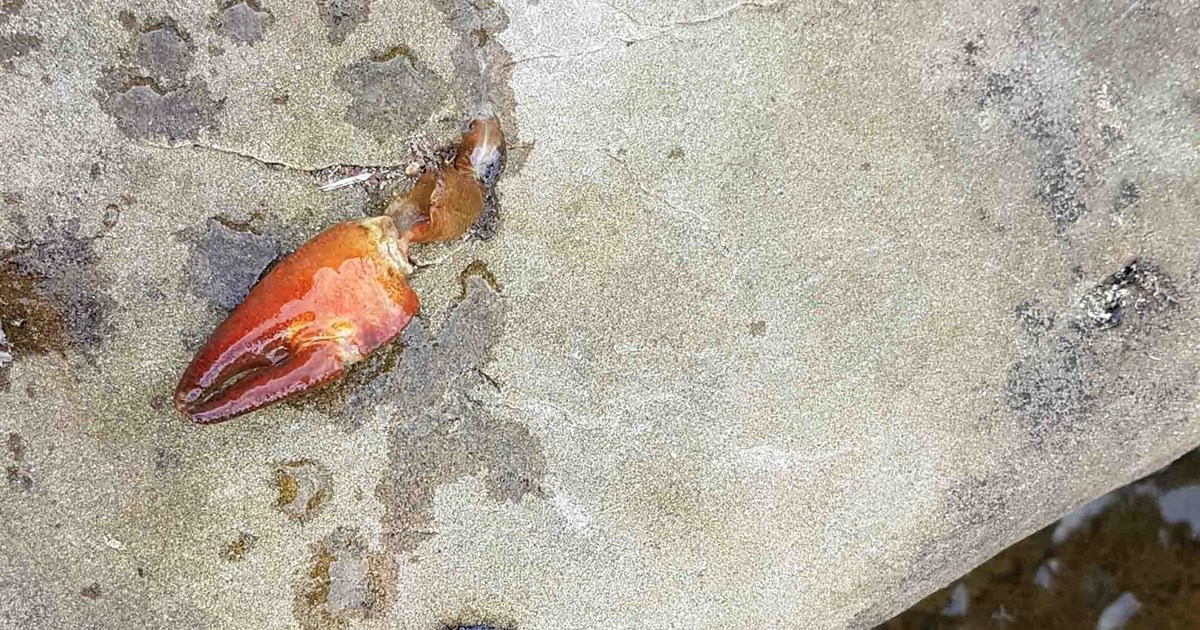Signal Crayfish
Signal Crayfish are a North American species non-native to the Tweed but in recent years they have been found in several locations throughout the Tweed catchment.
Global biodiversity is in decline and one of the major threats is the spread of non-native species. Non-native species (NNS) are animals and plants that have been moved out of their natural area by human action, whether it is intentional or not. The risk of spreading non-native species is that they become invasive, displacing native animals and plants and causing damage to environments and local economies. Biosecurity measures are therefore essential to minimise the impacts of invasive non-native species (INNS) and to prevent the spread of others.
Water is an excellent transport method for the dispersal of non-native animals and plants, making rivers, lochs and their banksides particularly vulnerable to INNS. The River Tweed is home to several INNS already and is at risk from the spread of several others. As a means of controlling the spread and effects of INNS in the Tweed catchment, the Tweed Foundation, alongside the Tweed Forum and Fisheries Trusts of Scotland, developed a Catchment Biosecurity Plan.

Several NNS have been highlighted in the Plan as being "high impact species", either because they already exist in the Tweed catchment, or the risk they would pose to the local biodiversity and economy if introduced.
Several of these non-native species can be seen below, some of which are already in the catchment, while others pose a high risk if introduced.
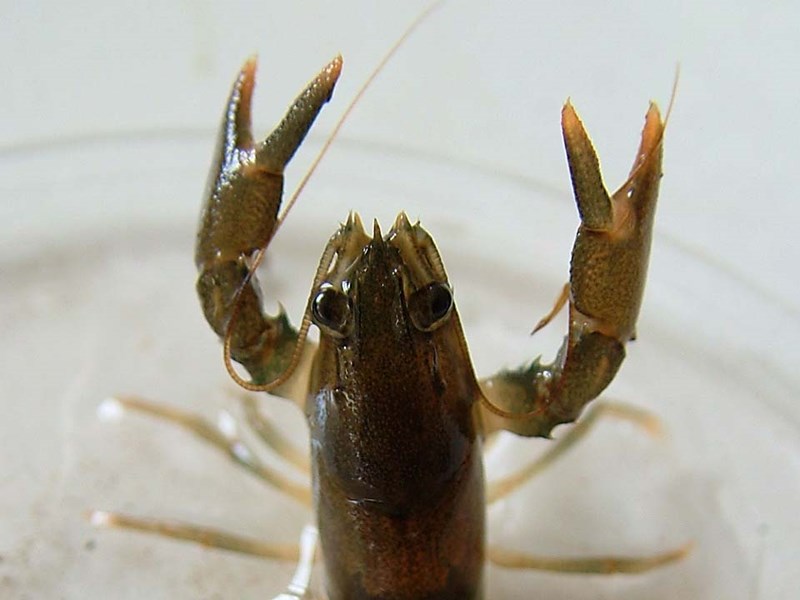
Signal Crayfish are a North American species non-native to the Tweed but in recent years they have been found in several locations throughout the Tweed catchment.
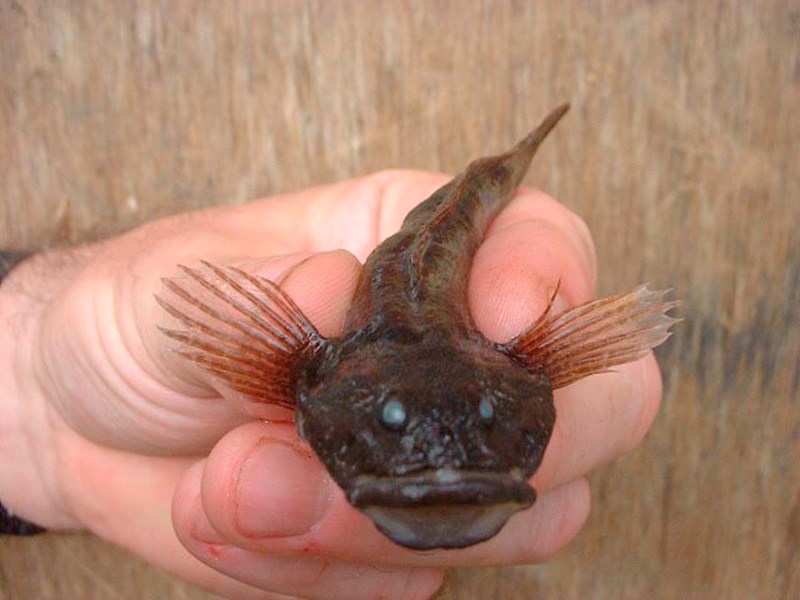
The Bullhead is a species native to the South of England but not to the Tweed. It has recently been found in a tributary to the Tweed.
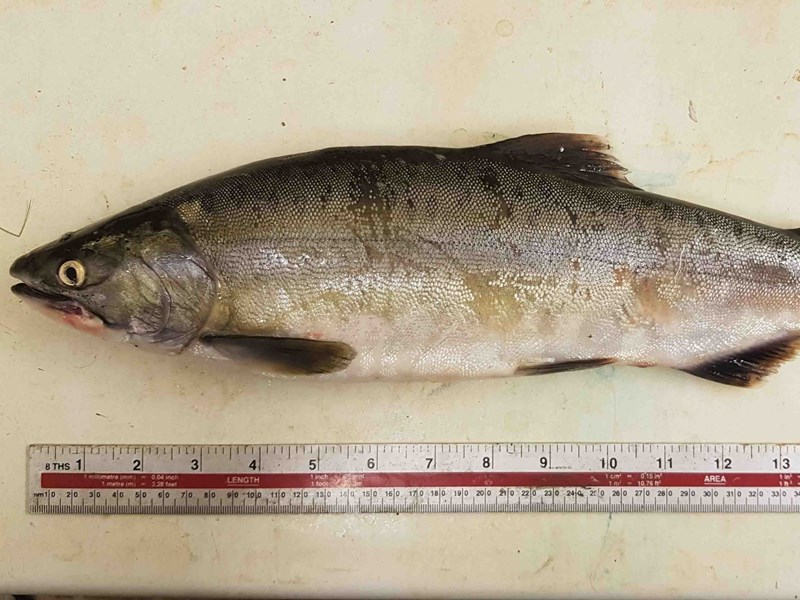
Pink Salmon (native to the Pacific Ocean) were introduced to the Atlantic Ocean and are now occasionally found in rivers across Scotland, including the Tweed.
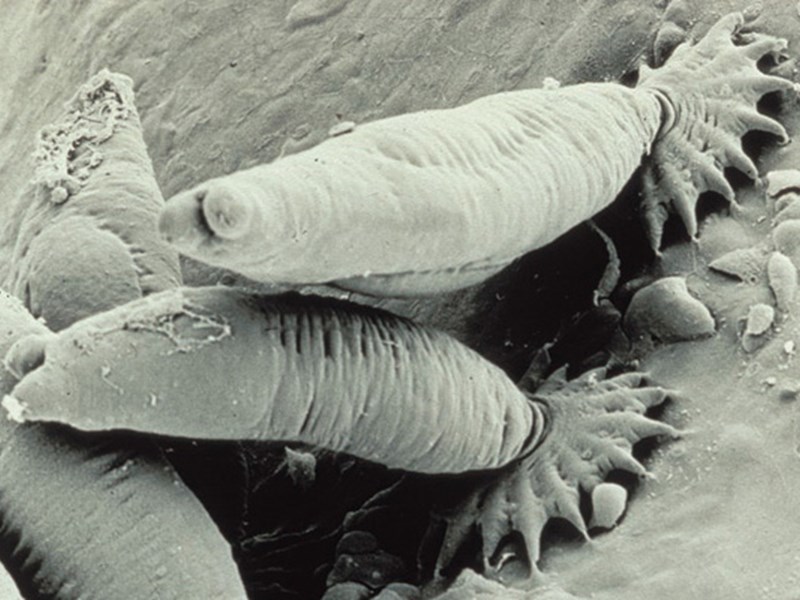
Gyrodactylus salaris is a freshwater external parasite of Salmon. It is not yet found in the Tweed but if it does reach Scotland it could have a catastrophic impact on Salmon.
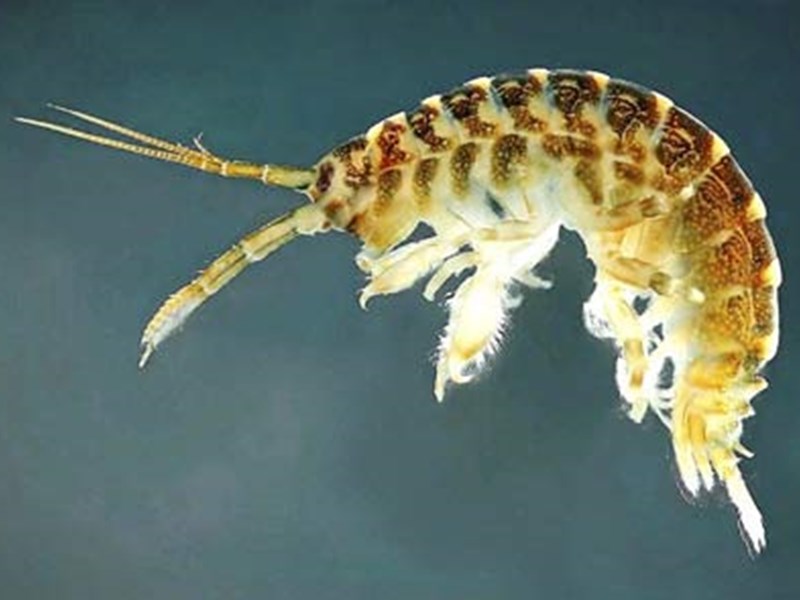
Killer Shrimp are a voracious predator and can do serious harm to freshwater ecosystems. Killer Shrimp have not been found in the Tweed system but they have now been found in England.
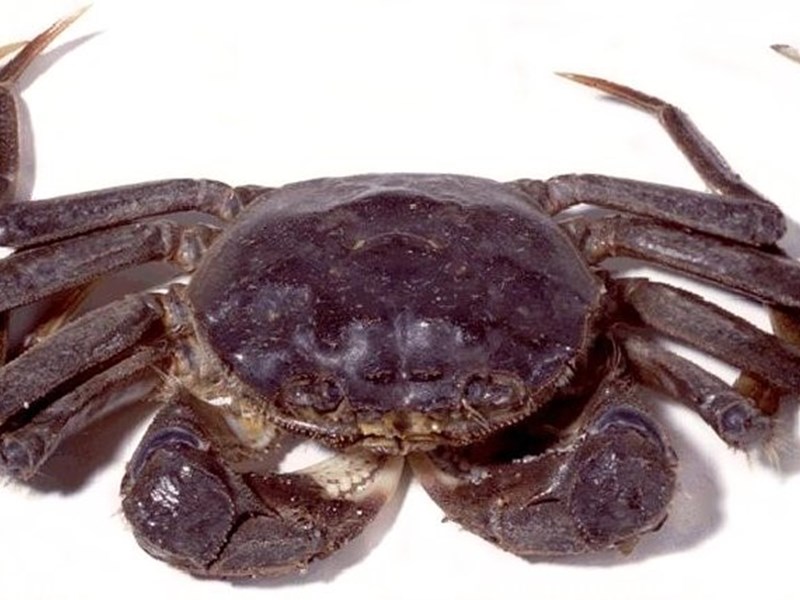
The Chinese Mitten Crab reached Europe in the 20th Century and is now found in rivers throughout England, including the River Tyne. This species poses a high risk if introduced to the Tweed.
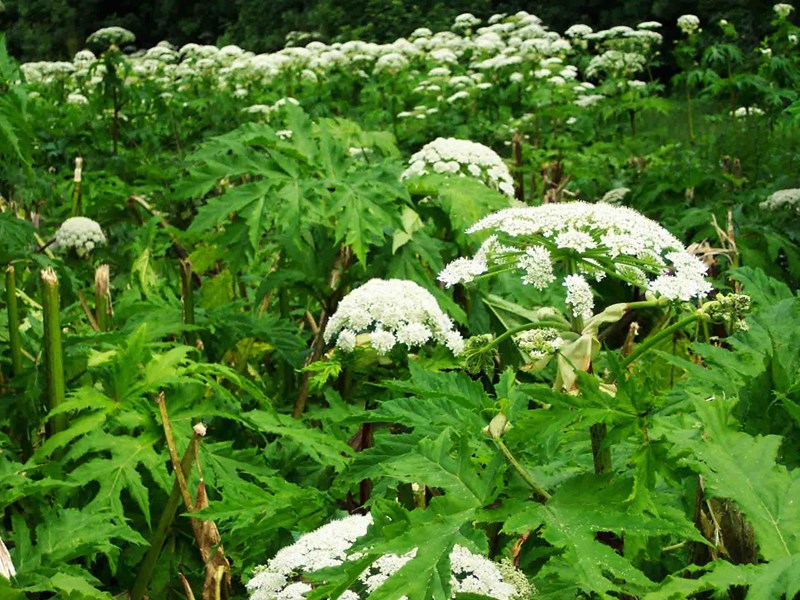
Giant Hogweed, native to the Caucasus Mountains and Central Asia, is an invasive species of plant found on the banks of the River Tweed.
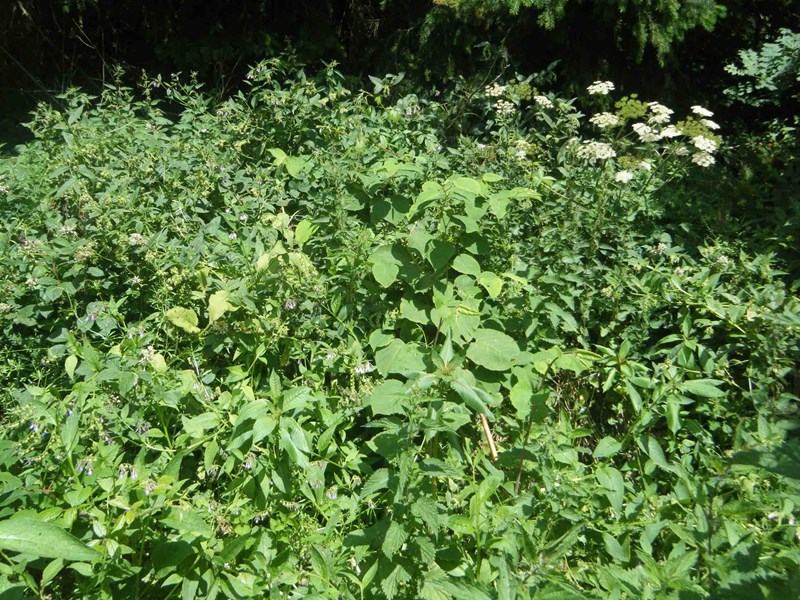
Japanese Knotweed, native to East Asia, is one of the more common invasive non-native species throughout Europe and North America.
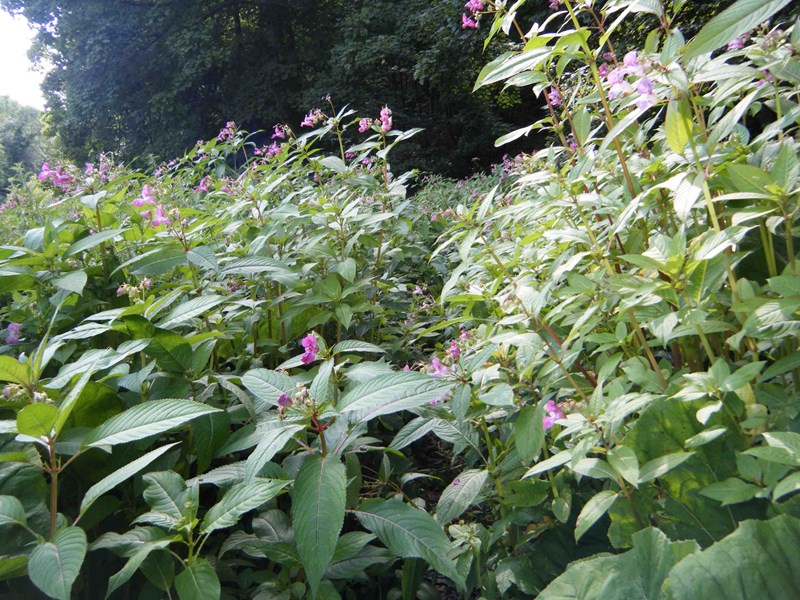
Himalayan Balsam is native to the Himalayas but has successfully spread throughout much of the Northern Hemisphere.
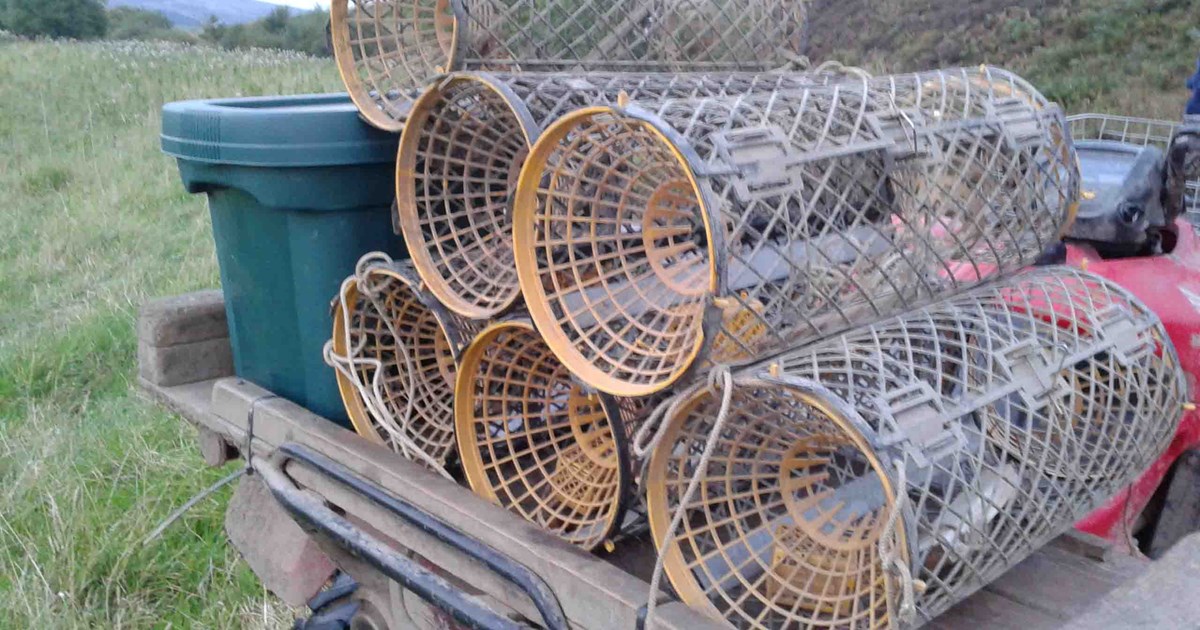
Biosecurity is hugely important in maintaining a healthy river system and measures are required to control INNS already present and to prevent the introduction of others.
The Tweed Foundation uses several different methods to control and prevent the spread of INNS in the Tweed catchment.
We are always on the lookout for non-native species (NNS) throughout the Tweed catchment and if you spot any or see signs of them in or around the river, please get in touch to let us know what you have seen and where.
Anglers and others using the water course can also help prevent the spread of unwanted species by following three simple steps: Check, Clean, Dry.
